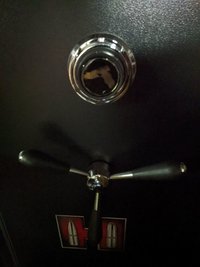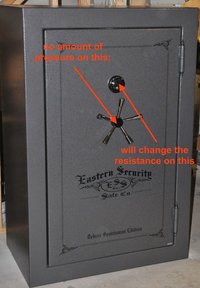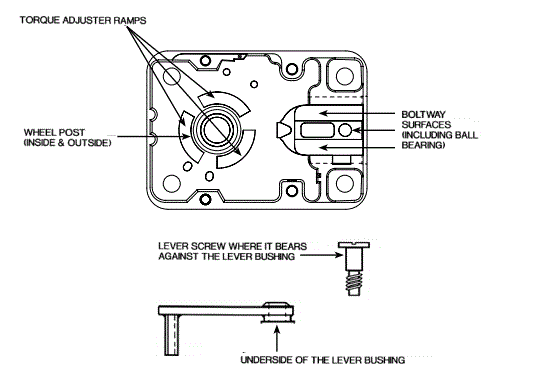"everyone" says you should do some preventative maintenance on your safe's mechanical combination lock, but ... I have no idea how to do that.
if it was something easier to get at when it fails (like, say, a house lock where there's other doors to get in) I'd just fake it, and fix it if I do it wrong.
But in the case of a safe, there's 1) no other way in and 2) it contains a lot of stuff I really care about that could (would) get damaged if I had to force my way in.
I found a video on youtube that suggested graphite powder, basically just flood everything that moves inside the lock.
Is graphite really the right answer? Just throw more in?
The particular "problem" I'm trying to solve is that the knob feels like it has more drag than it did when the safe was new, four years ago.
if it was something easier to get at when it fails (like, say, a house lock where there's other doors to get in) I'd just fake it, and fix it if I do it wrong.
But in the case of a safe, there's 1) no other way in and 2) it contains a lot of stuff I really care about that could (would) get damaged if I had to force my way in.
I found a video on youtube that suggested graphite powder, basically just flood everything that moves inside the lock.
Is graphite really the right answer? Just throw more in?
The particular "problem" I'm trying to solve is that the knob feels like it has more drag than it did when the safe was new, four years ago.

![Laugh [laugh] [laugh]](/xen/styles/default/xenforo/smilies.vb/012.gif)



